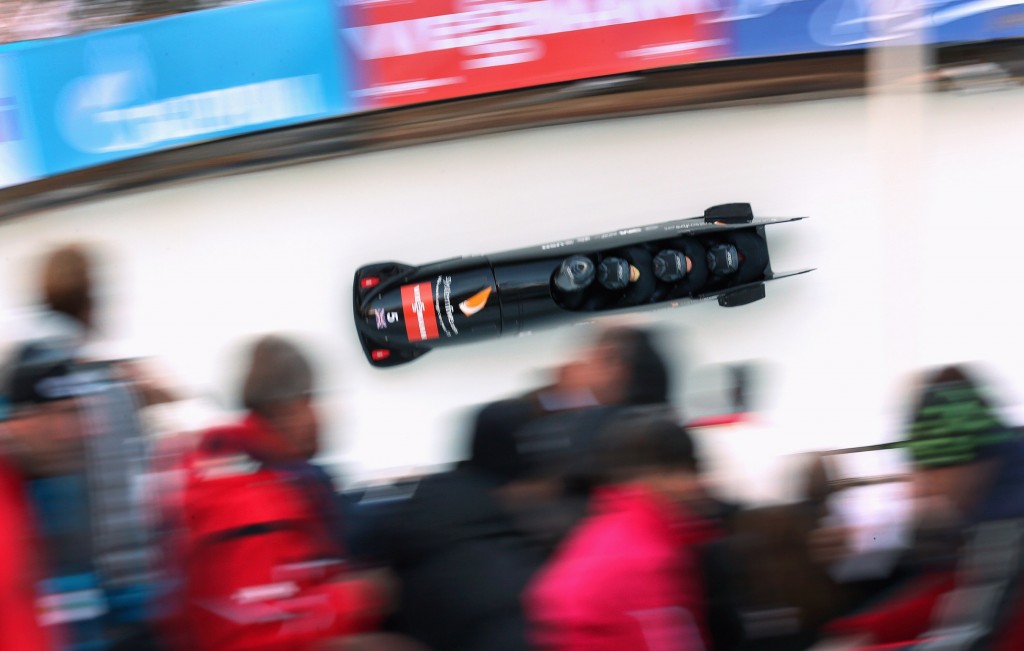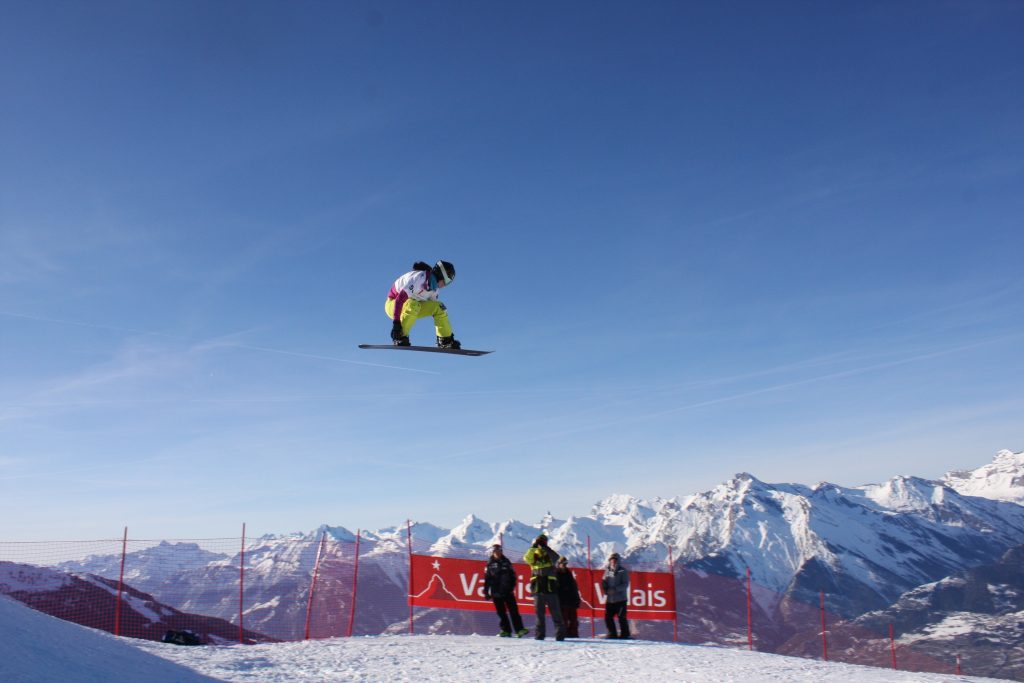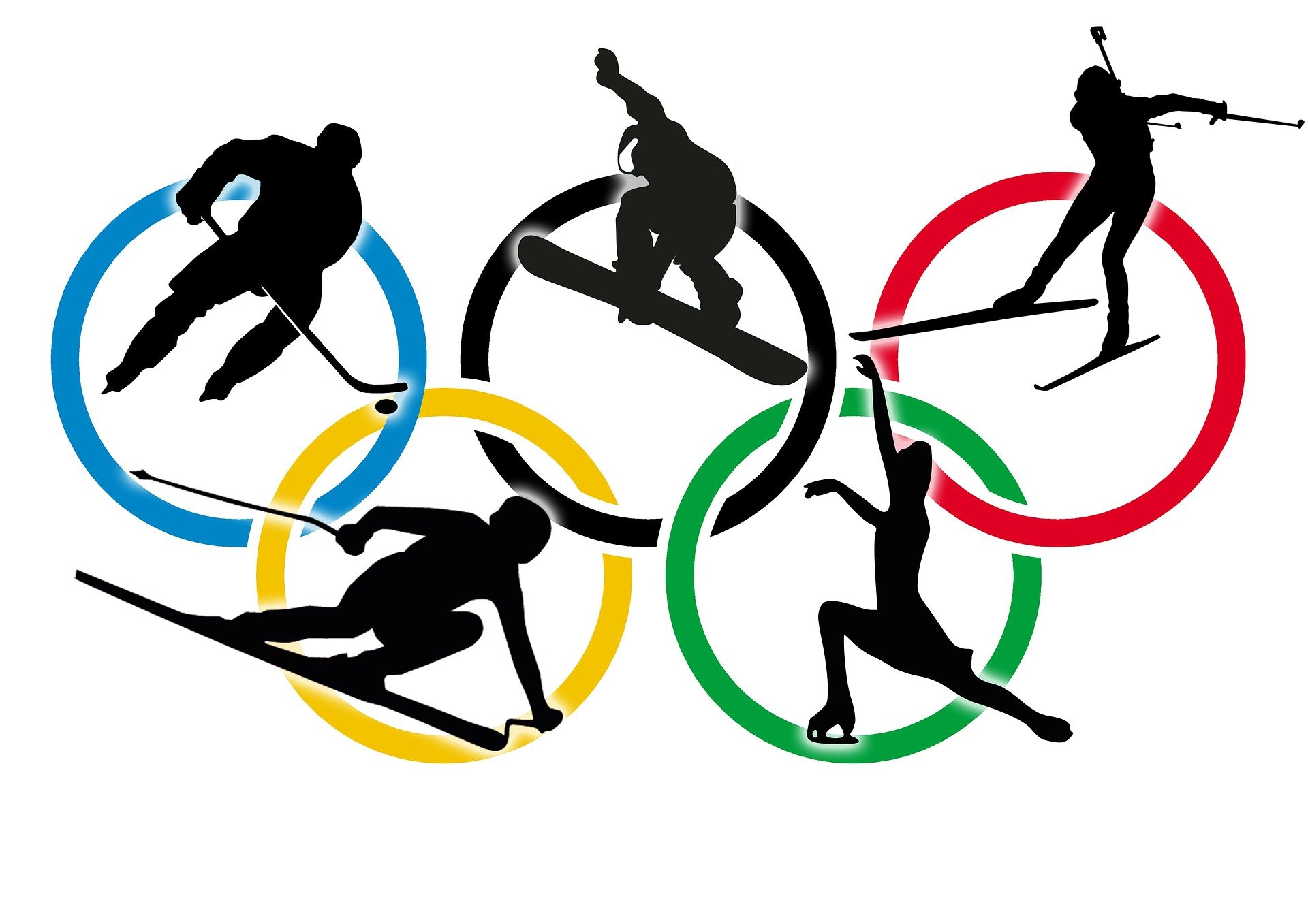Authored by the team ‘OU United’: Jonathan Bell, James Mikelson, Mia Savage, and Hannah Wood [E119 21J students].
This blog was written as part of a collaborative teamwork task by students studying E119. They had to select a topic and then decide on what roles each person would perform in the team, such as researcher, writer, editor, and leader. This blog was chosen as one of the best blogs from around 70 blogs that were produced.
Physical activity is commonly shown to improve mental health, as suggested by evidence that shows a 20-30% reduction in depression in adults who participate in physical activity daily (Pierce, et al., 2018). Physical activity can help to improve wellbeing, even a short burst of exercise or a 10-minute walk increases our mental alertness, energy, and positive mood (Mental Health Foundation 2015). However, for athletes involved in elite sports, an improvement in mental health isn’t always the case.
The International Olympic Committee released a consensus statement on mental health in elite athletes (Reardon et al., 2019, p.671). This identified 11 mental health disorders that can be experienced by athletes. These were:
- Sleep disorders
- Major depressive disorder
- Suicide
- Anxiety
- Post-traumatic stress disorder
- Eating disorder
- ADHD
- Bipolar and psychotic disorders
- Sport related concussion
- Substance use disorders
- Gambling disorder and other behavioural disorders
In the recent Tokyo Olympic Games, the mental health issues faced by elite athletes were highlighted. Gymnast Simone Biles, a four-time Olympic gold medallist, made the decision to not compete in the rest of the games. Simone Biles said “I have to focus on my mental health” after withdrawing from the women’s team final (BBC, 2021). She also stated that ‘Mental health is more important than the pursuit of medals’, this shows that the amount of pressure placed on her to do well had forced her to withdraw and focus on herself.
You can read more about Simone’s decision to pull out of the games by visiting: https://www.bbc.co.uk/sport/olympics/57982665
Being a successful elite athlete, like herself, can take a toll on mental health due to the pressure from coaches, the media, and fans to be the best. From Biles raising awareness of her struggles with mental health, she has hopefully encouraged others to speak up about their own experiences, as well as highlighting the impact the pressures of elite sport can have on athletes.
She has shown the effects of being in a competitive environment and the struggles of participating in elite sport. Athletes spend years preparing for big events, such as the Olympics, where they are representing their country and showcasing their talent to thousands of people. This can create an enormous amount of pressure due to the feelings of uncertainty, fear of failure and the need to succeed.
In addition to pressure to succeed, there are many reasons for elite athletes to suffer from mental health issues, here are a few of them:
Retirement
Retiring can be a difficult and challenging process for athletes. Mind (2022) say this is because sportspeople who have spent their life being defined as an athlete, now have to get used to and adapt to a life without sport, which can cause a lack of self-identity and missing sport can cause depression.
Injury and performance failure
One of the most recognised risk factors for psychological distress amongst athletes has been sports injury. A study of 353 male athletes from a mix of sports found that 51% of them showed symptoms of depression after being injured and 12% became moderately to severely depressed (Gonser, 2020). When an athlete is injured, they can no longer use exercise as a form of stress relief, which can be mentally challenging, they may feel frustration and self-helplessness. Performance failure can be demotivating as it may mean goals are not met, this can lead to a decrease in self-belief and a feeling of letting themselves and others down.
Struggling in silence
Athletes who have revealed their own stories of mental health in sport, encourage others to do the same so that they aren’t suffering alone. Natasha Danvers claims that as an athlete you are “supposed to be able to handle things”, which can create a stigma around asking for help and support as it means having to admit you have a weakness (Mind, 2022). This can make mental health issues worse as the athletes are attempting to deal with it themselves without professional help.
Athletes tend to refrain from seeking support for their mental health. This can be due to stigma around mental health, lack of understanding on the subject and the perception that seeking help is a sign of weakness (Pierce et al., 2018). Hopefully, by more athletes speaking up about their mental health issues, others will be inspired to do the same and reach out for support.
In terms of athletes getting help with their mental health, there are many projects and organisations out there to provide support. A charity that is attempting to make a change is State of mind. State of mind is a charity that aims to promote positive mental health, deliver education on the subject, tackle the stigma, and encourage access to support to ultimately prevent suicide. They also provide health resources and adult mental health first aid training which can be used to benefit athletes in distress. Athletes have been quoted saying they support this charity and what it’s doing, for example, Footballer Roy Keane says “I am fully supportive of the State of mind campaign. Mental health issues need to be addressed and doing it through sport should raise the profile”. (State of Mind, 2022)
Although athletes may seem like they are doing well because they are winning medals, behind the scenes they may be struggling with a mental health issue. If you’re reading this and are struggling yourself don’t be afraid to ask for help!
Some links for mental health support:
https://www.mind.org.uk/about-us/our-policy-work/sport-physical-activity-and-mental-health/
https://www.time-to-change.org.uk/mental-health-and-stigma/help-and-support
Reference list
BBC Sport. (2021) Simone Biles says ‘I have to focus on my mental health’ after pulling out of team final. Available at Simone Biles says ‘I have to focus on my mental health’ after pulling out of team final – BBC Sport (Accessed: 24/01/2022).
Gonser, S. (2020) What athletes should know about post-injury depression. Available at What Athletes Should Know About Post-Injury Depression – LRT Sports – College Athletic News and Exclusive Coach Ratings (lrt-sports.com) (Accessed: 25/01/2022).
Mental Health Foundation. (2015) How to look after your mental health using exercise [Online]. Available at How to look after your mental health using exercise | Mental Health Foundation (Accessed: 24/01/2022).
Mind (2022) Performance Matters: Mental Health in Elite Sport. Available at mental-health-and-elite-sport.pdf (mind.org.uk) (Accessed: 25/01/2022).
Peirce, N., Lester, C., Seth, A., Turner, p. (2018) The Role of Physical Activity and Sport in Mental Health [Online]. Available at The Role of Physical Activity and Sport in Mental Health – The Faculty of Sport and Exercise Medicine (fsem.ac.uk) (Accessed: 24/01/2022).
Reardon, C. (2019) Mental Health in elite athletes: International Olympic Committee consensus statement. Available at Mental health in elite athletes: International Olympic Committee consensus statement (2019) (bmj.com) (Accessed: 24/01/2022).
State of Mind. (2022) What we do. Available at https://stateofmindsport.org/what-we-do/ (Accessed: 25/01/2022).



